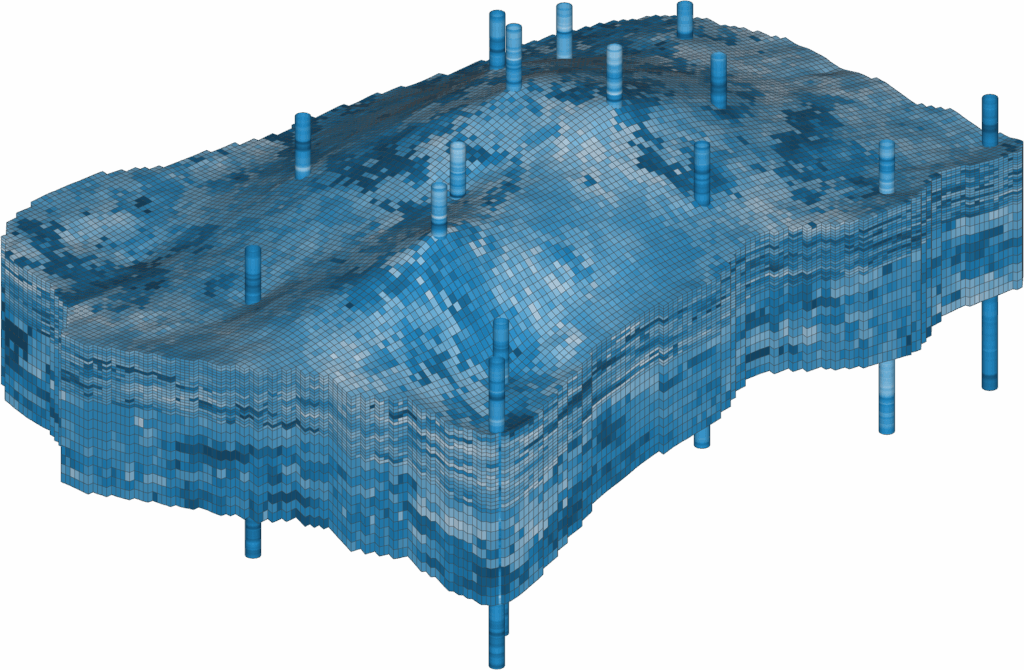
About us
Established in 2005
Rock Flow Dynamics had a clear vision to provide engineers with state-of-the-art dynamic reservoir simulation technology that met modern-day expectations for performance and usability. Now in our 21st year of development, tNavigator has grown into a fully integrated reservoir modelling & simulation solution, the first of it’s kind to integrate geoscience, reservoir engineering & production engineering domains in a single platform.
With offices in 30 countries globally, our technology has been adopted by over 330+ commercial clients across 47 countries. As well as world-class software, Rock Flow Dynamics offers a trusted team of industry experts and technical geniuses. Whether you require training, software support, or project consultancy; our global teams of experienced specialists are ready to help you.
We pride ourselves on listening to and acting on the demands of the industry, and delivering outstanding technology & service to our user community. Our development team now exceeds 190 software developers, delivering four major releases of tNavigator per year.

Empowering our users
tNavigator users have access an extensive library of information & training
materials on our client support portal, where you can find:
- 120+ training tutorials with data
- User manuals
- Software release updates
- Installation guides
Simply log in to access the resources you need. Contact our support team
for further assistance!
University of Aberdeen Research Showcases the Power of tNavigator
GeoExpro Features Insights from Our Engineering Team Lead, Bastian Steffens
“tNavigator is a powerful geoscience and reservoir engineering software package that seamlessly integrates subsurface static geological and simulation data. I found the workflows to be very efficient, and the 3D seismic interpretation toolkit very powerful and easy to use (even within complexly faulted structures), allowing for accurate reservoir, fault and seal analysis. In May 2025, I was fortunate enough to present a 3D structural interpretation of the Smeaheia CO₂ storage site (recently appraised by Equinor), using open-source data, at the Annual tNavigator Technical Users Forum in Kuala Lumpur. The software is a perfect tool for interpretation, 3D model construction and the characterization of geological storage sites. My talk concluded that dense fault spacing required finer-resolution grids to accurately characterize and simulate reservoirs and CO₂ storage sites.”
